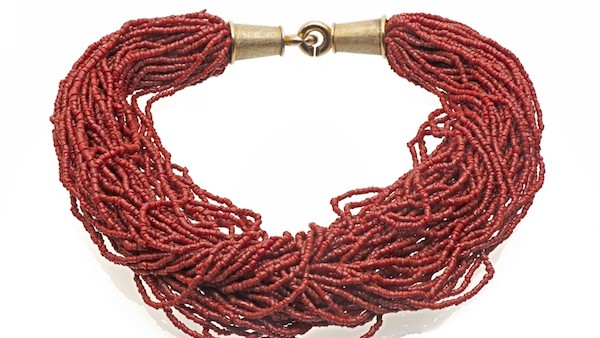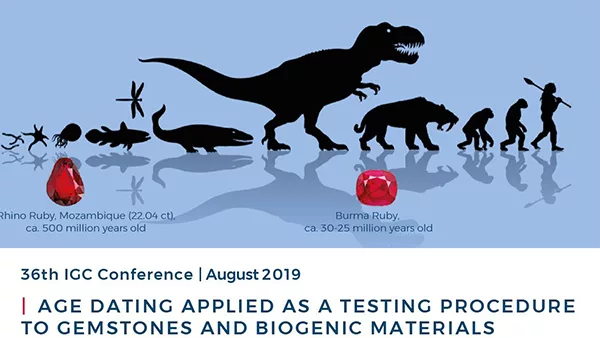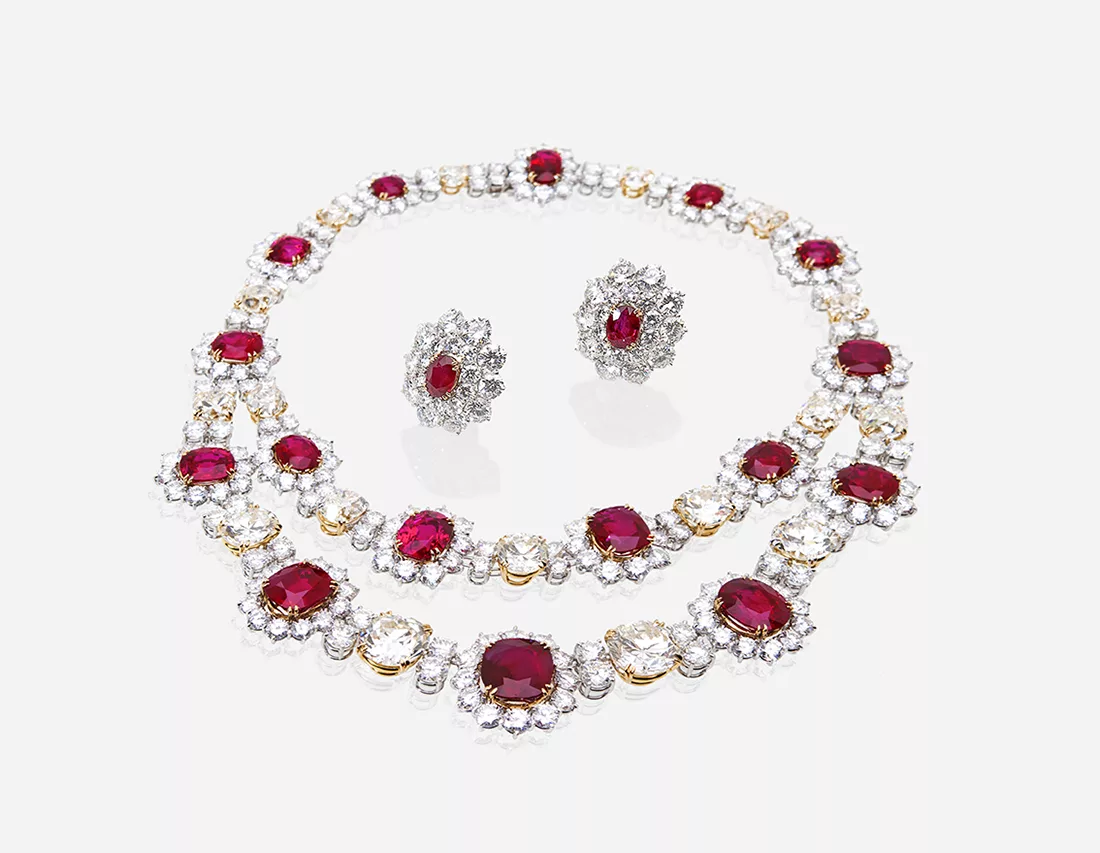
Age dating of coral
by Dr. M.S. Krzemnicki, first published in Facette 26 (May 2020)
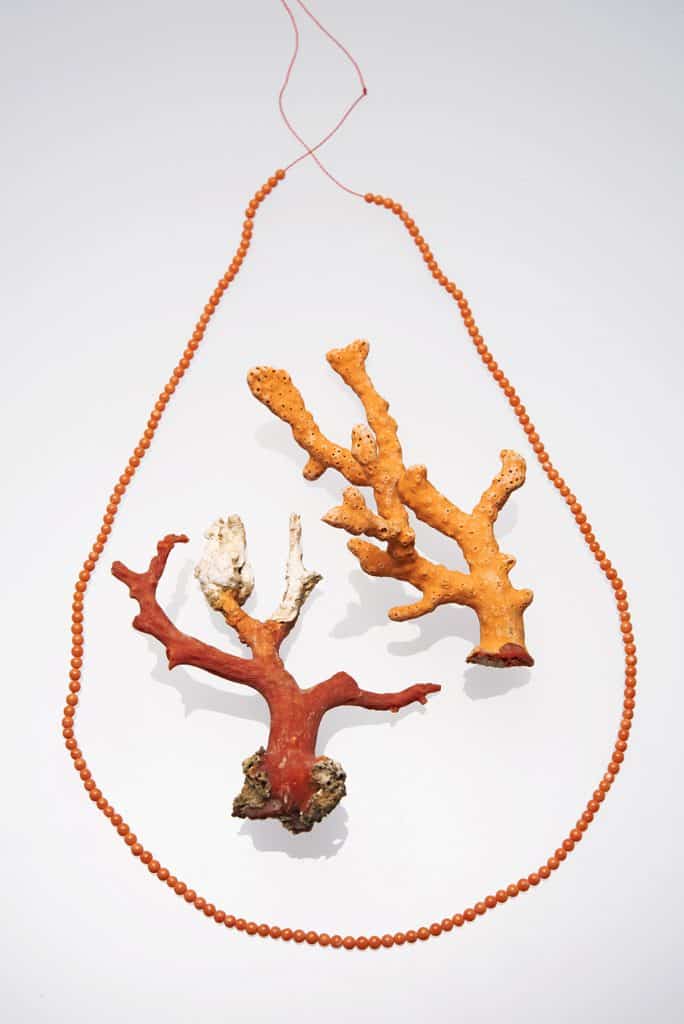
Since 2017, the Swiss Gemmological Institute SSEF offers radiocarbon dating of pearls as a service. To further expand our knowledge about this method and its applicability to other biogenic gem materials, we were happy to receive a number of small coral beads for age dating (kindly donated by E. Liverino). These beads were reportedly carved from so-called ‘Sciacca’ coral, corallium rubrum of historic age, sedimented in coral deposits off the coast of Sciacca, a small town in southwestern Sicily, Italy. In this area, frequent volcanic and tectonic activity in the past 10’000 years (Holocene) has resulted in a submerged volcanic relief (known as the Graham bank) but also the sedimentation of fossil corals in three giant deposits. After their discovery, these deposits of fossil red corals were quickly and extensively depleted during the last part of the 19th century (Lodolo et al. 2017, DiGeronimo et al. 1993, Rajola 2012) and this material then has been widely used for jewellery until today.
For the 14C radiocarbon dating on our Sciacca corals, we extracted a sample of calcium carbonate powder from a selected bead, to then be analysed by accelerated mass spectrometry (Micadas system) at the Laboratory of Ion Beam Physics of the ETH Zurich.
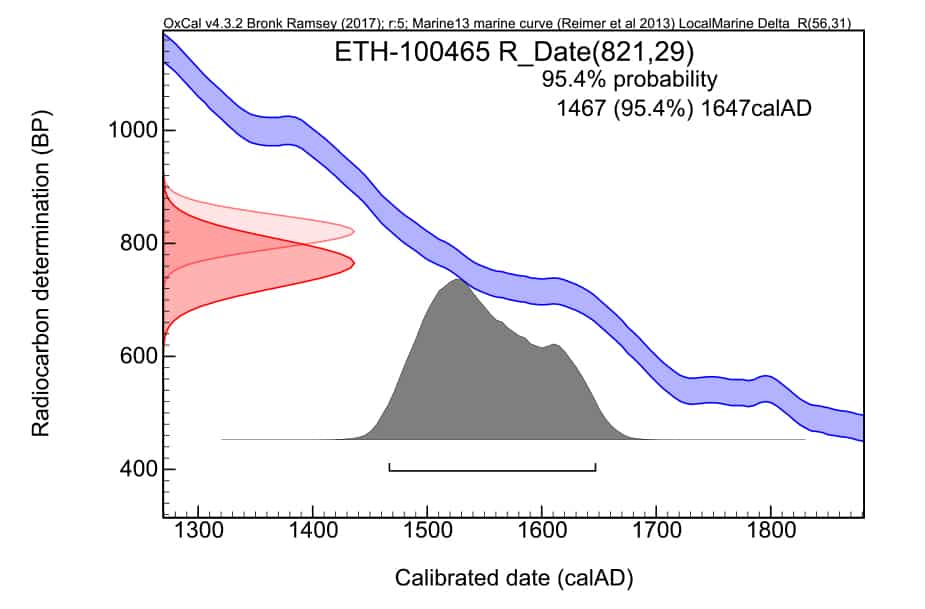
Our data confirmed that the analysed coral sample is not recent but of historic age. The radiocarbon method dates it back to the late 15th to early 17th century (Figure 2), which is well in line for fossil Sciacca corals being sedimented due to repeated volcanic events in historic ages. Based on our data we can definitively exclude a recent age (post-bomb peak in the late 1960s) of this coral sample. With this promising result, we are now carrying out a broader radiocarbon dating study on gem-quality corals of historic age to gain further insights into their provenance and age. Due to the fact that we apply an in-house developed sampling method which uses less than 4 mg sample powder, radiocarbon dating can be applied quasi non-destructively even on items of historic relevance and value.
